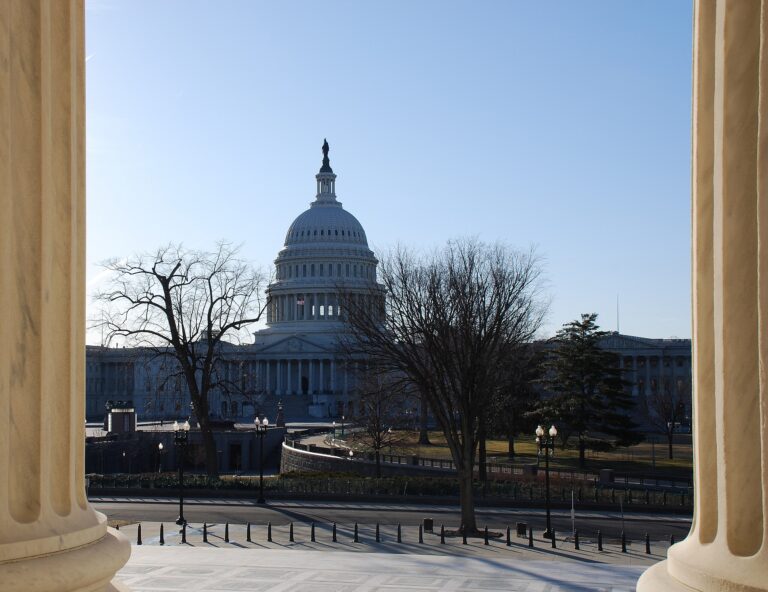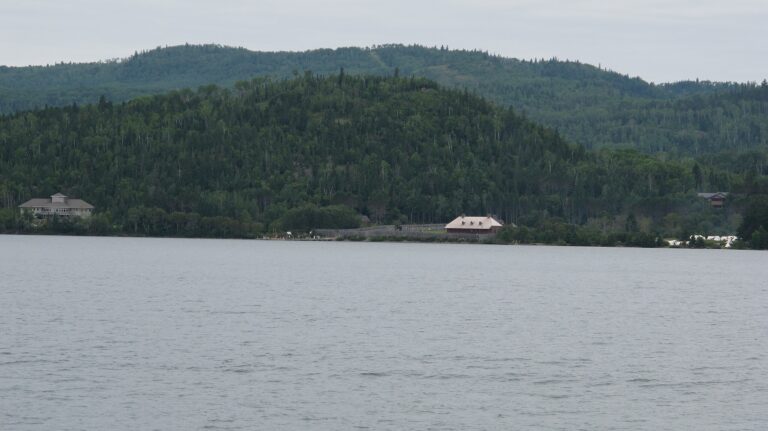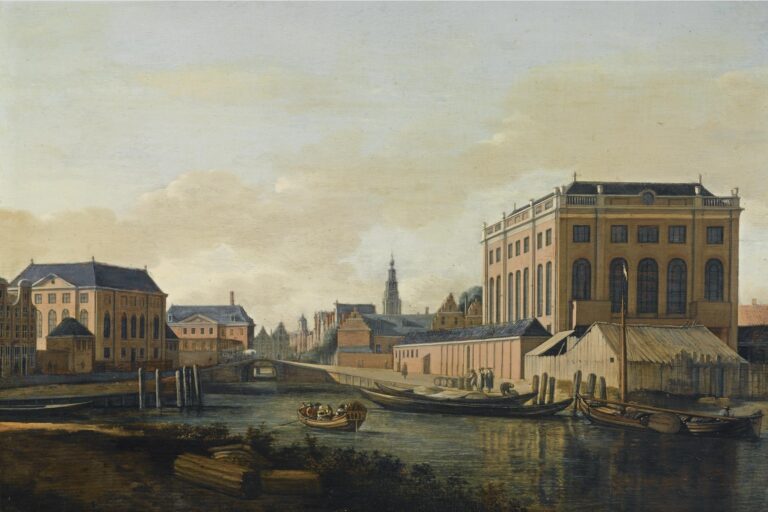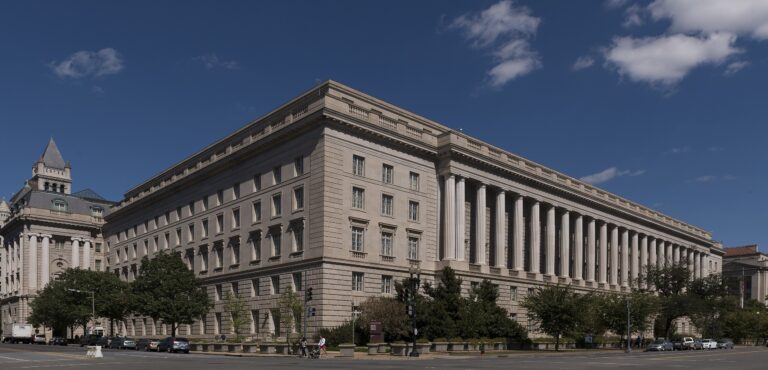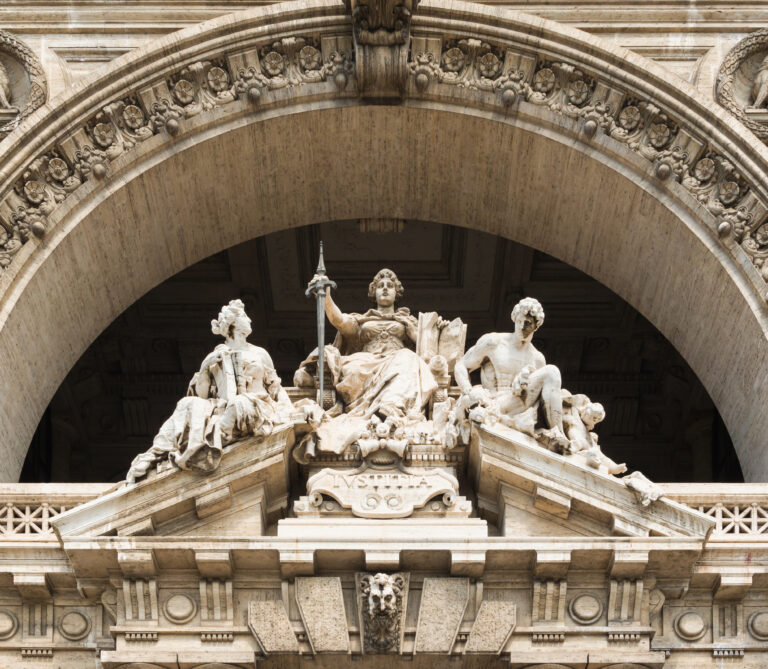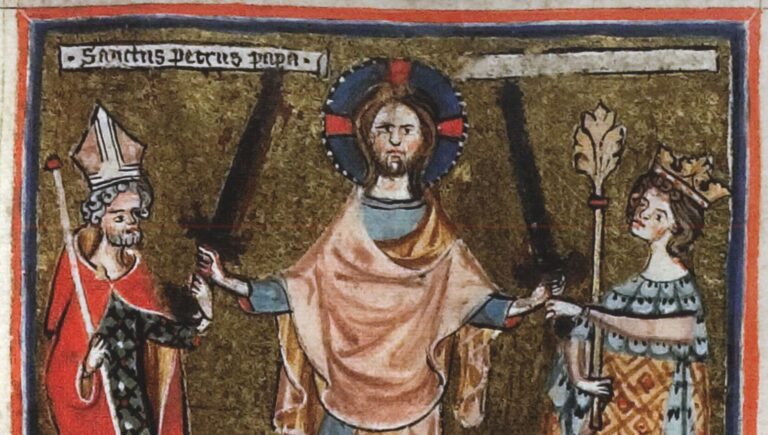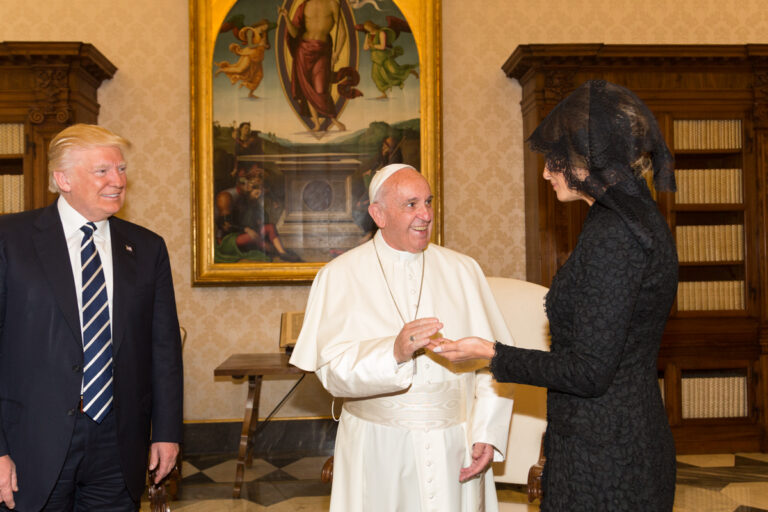
Why ‘School Choice’ is a Strange Term: Educational Pluralism and International Norms
Ashley Rogers Berner
The following is an excerpt from Ashley Rogers Berner’s new book, Educational Pluralism and Democracy, Reprinted with permission from Harvard Education Press.
The United States needs a new conversation about education. Few areas of American life have experienced more conflict of late than the district school. Certainly, frustration with district schools’ preference for COVID-induced remote learning has played a role. We see this frustration in the data: between Spring and Fall 2020, homeschooling rates nearly doubled and, for African American families, quintupled. Meanwhile, dozens of states enacted or expanded private-school scholarship laws so that low-income families could attend in-person schools. Whether district enrollments will ever recover is unclear.
But the animus that has recently influenced elections, put parental testimonies on the national stage, and led a major educational membership organization to request federal protection runs deeper than the recent public health crisis. It reflects longstanding tensions about the structure of American public education and the content of our classrooms. Such tensions engage with the proper balance between the rights of parents and the responsibilities of the State; how best to teach the next generation the full history of the United States; and how to honor cultural minorities while simultaneously inculcating democratic norms.
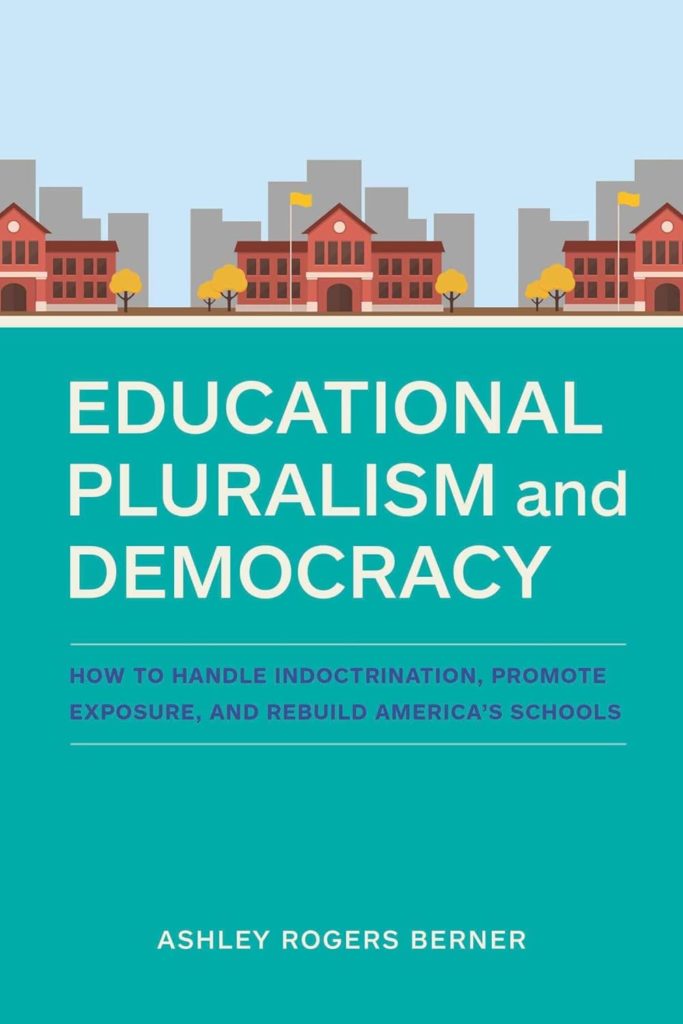
Democratic school systems across the West have negotiated these tensions in different ways at different times in their history. The United States is no exception, and the book explains the nineteenth century culture wars as a causal factor in our current standoff. Today’s conflicts feel particularly acute, not only because we have personal investment in the results but because there is quite literally no break from the 24/7 bombardment from social media and today’s “news.” It’s in our face all the time, even if we resent the vitriol. Signs of political fragmentation lead us to fear that American democracy itself is on shaky ground. Whether one interprets the data from a right- or left-of-center perspective, it seems that entire swaths of the American population remain mysterious (at best) or threatening (at worst) to one another. Conflict over education policy places these issues in sharp relief.
Is there a way out for American democracy? I don’t know. But if we are to climb out of this hole, I do know that American education must be part of the solution rather than a flashpoint for the civic discord we experience on a daily basis.
To get there, we need to go back to first principles and revisit decisions made more than a hundred years ago about the structure and content of American education. This book takes us there through a systematic look at our insistence on a single structure for publicly-funded education—and why that structure exists. That study also reveals our historic preference for skills training over the teaching of academic content and what the consequences for viewpoint diversity have been. In the process, I develop an alternative path used by successful school systems in democracies around the world: educational pluralism.
Educational pluralism is a way to structure education in which the government funds a wide variety of schools but holds all of them accountable for academic results. It flips our current model, from uniformly delivered schooling plus eclectic content to its opposite: diverse schools and more common content. The model of educational pluralism was enjoyed by our own country at an earlier time. It is also still the norm in democratic societies worldwide today.
Educational pluralism means that countries as different as Belgium, Indonesia, Israel, France, Sweden, Australia, and most provinces of Canada fund and regulate a wide variety of school types. These systems separate the ethos of the schools—whether Montessori, religious, or secular—from the academic content of the school, which must reflect, at least in part, similar academic content and assessments.
What does this have to do with our political tensions today? If implemented with care, a pluralistic approach functions as an escape valve against constant conflict because, by design, it honors families’ diverse values. At the same time, it begins to rebuild social cohesion, because it insists that everyone play from the same curricular deck of cards. This common content includes, as a matter of course, exposure to a variety of viewpoints and beliefs without indoctrinating students as to their merits.
This is an important distinction for an American audience. Indoctrination occurs when one set of claims about the world is presented to the exclusion of others. It is easy to associate indoctrination with religious fundamentalist schools in the US, but indoctrination can also be secular. It can even be tacit; a school that avoids discussing religions and philosophies, for instance, is teaching young people something, too: that such questions are unimportant, or that they are too private to be discussed in the public square.
Exposure, by contrast, happens when students encounter competing ideas about the world and have a chance to discuss them together. Exposure works against indoctrination, by opening up new concepts and experiences for consideration. It also builds students’ civic capacities and their participation in what E.D. Hirsch recently called a democratic “speech community” comprised of shared references and a common body of knowledge.
Educational pluralism at its best includes serious knowledge-building and viewpoint diversity at the heart of the classroom experience. At the same time, routine exposure to new ideas occurs in schools with distinctive ethos that honor families’ values and that families have selected accordingly. This blunts the charge of external indoctrination while habituating students and their parents to a wide array of information about the world.
State-funded schools with distinctive worldviews and curricula that include wide viewpoint diversity constitute a “both/and” unfamiliar to an American audience. It also asks a lot of teachers and parents—not least, that we argue about ideas rather than personalities. What does it look like in practice?
One example can be seen in the English government’s funding of religious schools since 1834 and secular schools since 1870, while demanding that all students in all schools must learn about diverse religions and philosophies across their K–12 experience. The statutory obligations for “Religious Education,” as it is known, have not diminished despite the growing secularism of the English population; learning what people believe and why is seen as fundamental to exercising democratic citizenship. Most countries that are part of the Organisation for Economic Co-operation and Development follow suit and have increased, rather than diminished, the requirements around religious and philosophic literacy in the last two decades. To put it bluntly, a Belgian mother might enroll her children in a secular school, but they still need to understand the tenets and practices of Christianity, Islam, and Judaism, for example.
A second example: creationist schools are amongst the 36 different kinds of schools funded by the Netherlands’ ministry of education. At the same time, students in these schools must demonstrate understanding of evolutionary theory on national exams. Students in creationist schools cannot be forced to believe that evolution is true, of course, but they have to master what evolutionary theory posits about the natural world. As with religious literacy, this is seen as critical information for adult citizenship.
Examples abound. Indonesia funds Protestant, Catholic, Islamic, and secular schools, but requires them to teach 80% of the national curriculum. Inuit, Catholic, and secular schools in Alberta use the same instructional framework but deliver it through their distinctive community lenses. Alberta even funds home schoolers, who then follow the provincial coursework and take year-end exams.It’s time to steer our school systems in the same direction, with thoughtful translations of international practices into a US policy context.
Of course, real risks particular to the United States accompany a move toward educational pluralism. Educational pluralism is counter-cultural for those who support uniform delivery and those who reject government accountability, alike. Introducing an entirely new framework pushes against the grain of our political extremes. It must be done slowly, with evidence, and challenge our imaginations and our expectations rather than merely our laws.
And it is easy to go awry; policy details matter enormously. Educational pluralism must be carefully calibrated to ensure equal access to excellence and to meet constitutional guidelines established by the Supreme Court. There are solid tracks we can follow, though, and this book suggests many of them. We can choose to let findings from democratic school systems around the world and lessons learned from courageous school leaders in the States guide our way.
This is a sober but, in the end, hopeful book. It champions a new, democratic path through the current winner-takes-all approach to teaching and learning, with the potential to lead the American educational system into a more generous and democratically informed space. Between writing this manuscript and its eventual release, numerous “facts on the ground” will likely have changed; new state laws, new assessment data, and new political actors will have already shaped the landscape for better or worse. The book aims not to react to election or testing cycles, but rather to point to the big-picture changes we need: the case for educational pluralism and the long-term strategies that help all schools in all times and places.
The book addresses the following areas: the structure of educational pluralism and its justifications (chapter 1); the content of educational pluralism with respect to English language arts (chapter 2); the content of educational pluralism with respect to social studies (chapter 3); why the structure and content belong together rather than in isolation (chapter 4); how to navigate tough cases (chapter 5); and a roadmap that different stakeholders can take up to get us there (chapter 6).
Readers will find archival research from my doctoral dissertation at Oxford University; findings from past and present initiatives at the Johns Hopkins Institute for Education Policy, which I co-founded and help direct; and references to the contributions of many scholars and institutions in the field. Myriad volumes of detailed, historical analysis from the pen of Charles L. Glenn are evident in many chapters, as is William Galston’s incisive work on pluralism (and “anti-pluralism”). Each chapter closes with a tight connection to the overall premise of the book: that funding diverse kinds of schools and requiring a common content that builds exposure to multiple perspectives will support American democracy and social mobility, thus fulfilling the longstanding goals of American education. The book has some necessary but unfortunate limitations. For instance, while I offer a framework for teaching young Americans about the terrible role of racism in our past and present (see chapters 3 and 4), this key area demands far more elaboration than this present book allows; likewise with my all too brief discussion of current tension around religious schools and LGBTQ students and staff and about schools that emphasize cultural isolation (see chapter 5). I look forward to engaging these areas in greater depth elsewhere; indeed, interested readers can find signposts of my thinking in other published work.
My primary hope is that this book persuades Americans to consider education through a new lens that is both more generous and yet more challenging than our current model. ♦
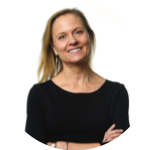
Ashley Rogers Berner is Associate Professor and Director of the Johns Hopkins Institute for Education Policy. She was educated at Davidson College (Honors A.B., History) and Oxford University (M. Litt and D.Phil, Modern History).
Recommended Citation
Berner, Ashley. “Educational Pluralism and Democracy: How to Handle Indoctrination, Promote Exposure, and Rebuild America’s Schools.” Canopy Forum, June 14, 2024. https://canopyforum.org/2024/06/14/educational-pluralism-and-democracy-how-to-handle-indoctrination-promote-exposure-and-rebuild-americas-schools/.
Recent Posts


